Solo Rafting Tips: Navigating White Water Alone Safely
Solo rafting on the Ocoee River offers an exhilarating adventure for thrill-seekers looking to challenge themselves. While Chattanooga whitewater rafting trips often involve groups, tackling the rapids alone requires extra preparation and skill. Before you book your Ocoee trip for a solo expedition, it’s crucial to understand the full Ocoee River experience and the unique challenges it presents. Your journey begins at the Ocoee River outpost, where you’ll gear up for an unforgettable ride through nature’s aquatic playground. Keep reading to discover essential tips for safely navigating white water alone and making the most of your solo rafting adventure.
Preparing for Your Solo Rafting Adventure
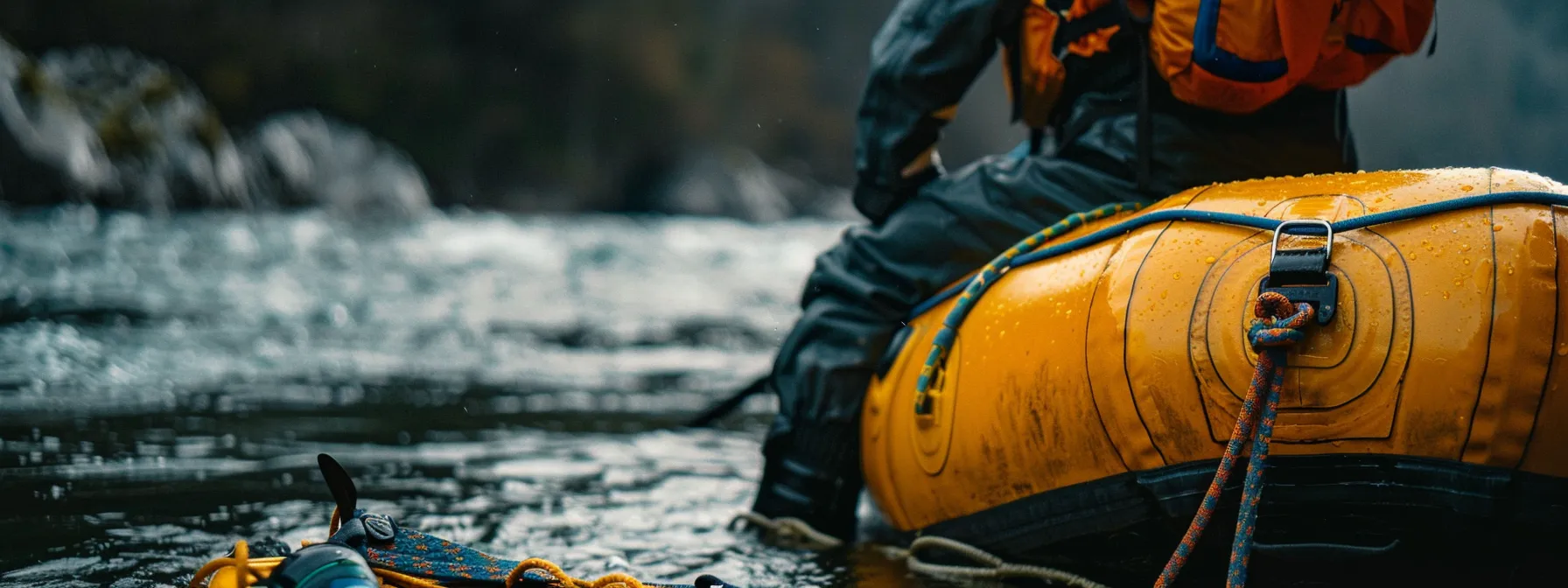
Before you tackle the Ocoee River’s Ocoee whitewater rafting rapids solo, proper preparation is key. You’ll need to gather the right equipment and take crucial safety precautions. Knowing what to bring for Ocoee rafting is essential, as is letting someone know your plans. These steps will help ensure your solo adventure is both thrilling and safe.
Select the Right Gear for the Trip
You’ll need to carefully choose your gear for solo rafting on the Ocoee River. Start with a properly-sized personal flotation device (PFD) and a sturdy helmet to protect you from rocks. Don’t forget to book your Ocoee trip a reliable paddle, waterproof bag for essentials, and quick-drying clothing suitable for the water temperature.
Inform Someone About Your Plans and Location
Before embarking on your solo Ocoee whitewater rafting adventure, always let a trusted friend or family member know your exact plans. Share your intended route, expected return time, and any emergency contact information for the area. This simple step can be crucial if you encounter any unexpected issues during your full Ocoee River experience trip.
Mastering Essential Rafting Techniques Alone
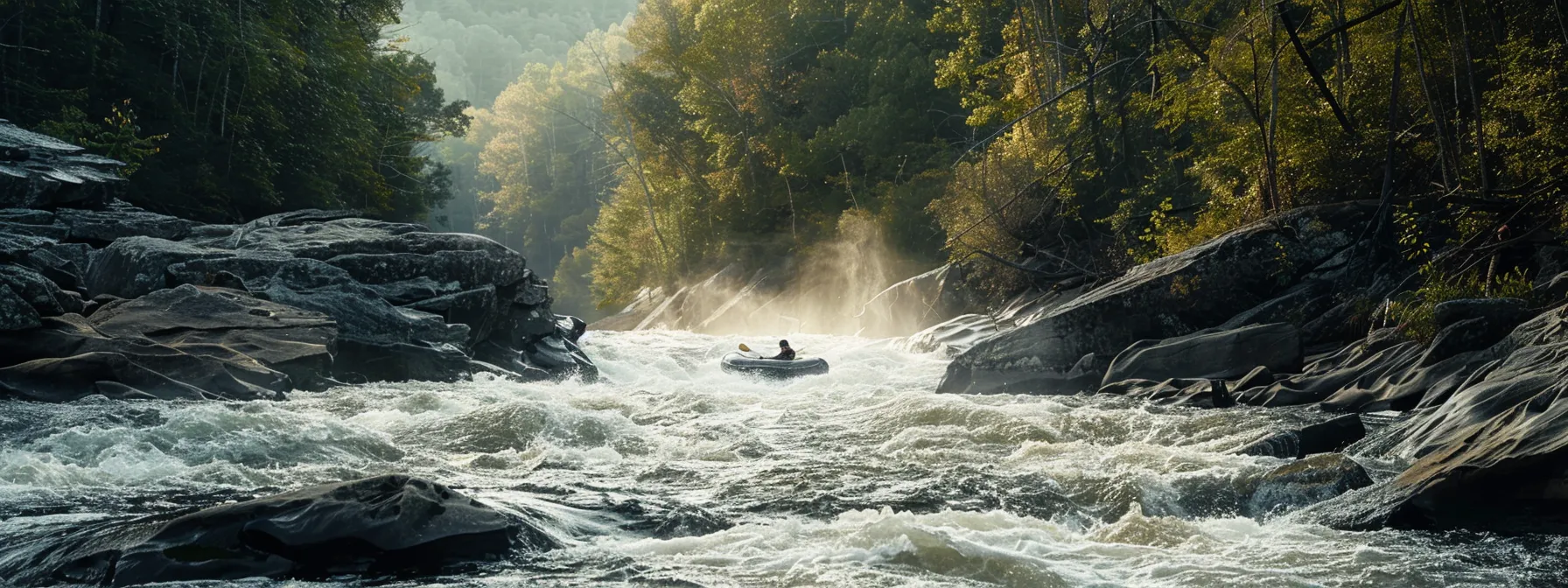
Tackling white water alone requires mastering specific techniques. You’ll need to hone your paddling skills and learn to read the river effectively. Start by practicing basic strokes in calm water to build confidence. Then, focus on understanding how to navigate Ocoee whitewater rafting solo, anticipating challenges, and making split-second decisions. These skills are crucial for a safe and enjoyable full Ocoee River experience on the Ocoee River outpost.
Practice Basic Paddling Strokes in Calm Water
Before hitting the rapids, spend time honing your paddle strokes in Chattanooga whitewater rafting calm water. Practice forward and full Ocoee River experience backward strokes, sweeps, and draws to build muscle memory and confidence. Focus on maintaining proper form and generating power efficiently. Here are key strokes to master Ocoee River outpost:
- Forward stroke
- Backward stroke
- Sweep stroke
- Draw stroke
- J-stroke
Learn How to Navigate Rapids Solo
Navigating rapids solo demands keen river-reading skills and quick decision-making. Scout the river beforehand to identify potential hazards and plan your route. As you approach a rapid, look for the “V” shape pointing downstream, which often indicates the safest passage. Remember these key points when tackling rapids alone:
- Stay calm and focused
- Keep your eyes on your intended path
- Use your paddle for balance and steering
- Lean into waves to prevent flipping
- Be prepared to self-rescue if you capsize
Understanding River Hydraulics and Weather Conditions
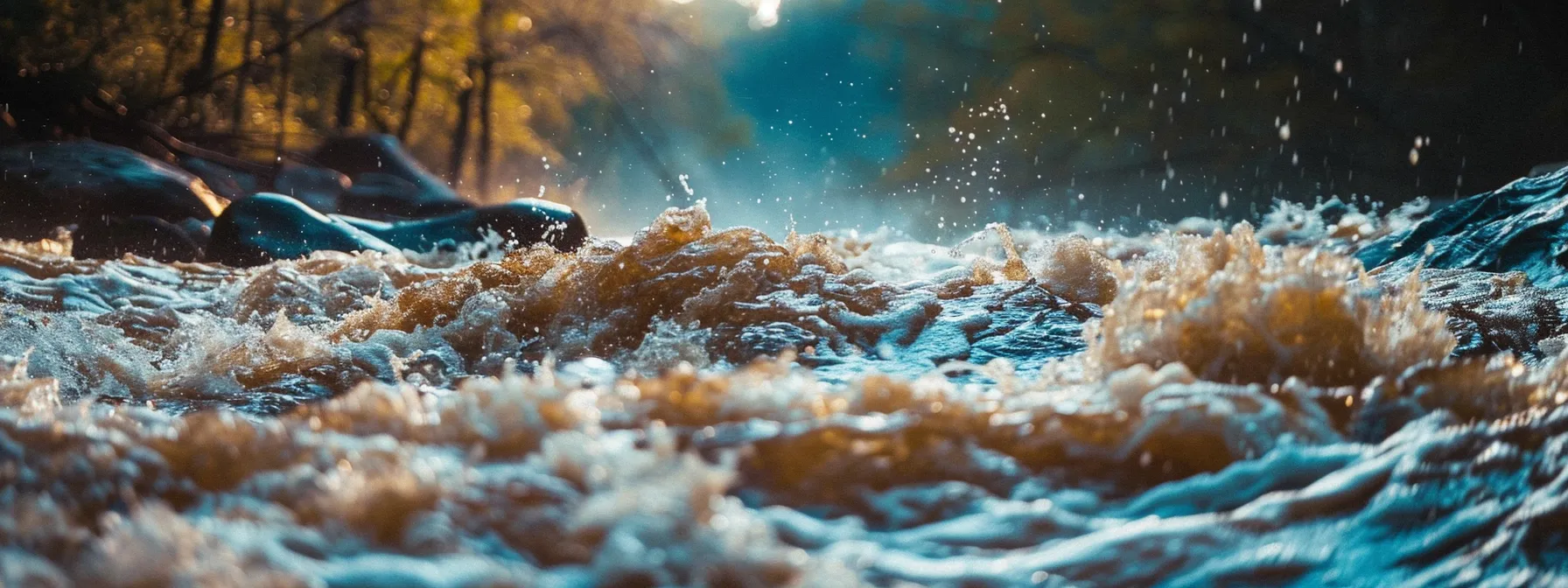
Solo rafting on the Ocoee River demands a keen understanding of river hydraulics and weather conditions. You’ll need to grasp how water flows through different obstacles and how changing weather can impact your journey. By studying river patterns and staying informed about the forecast, you’ll be better equipped to tackle challenges and make safe decisions on your solo adventure. Let’s dive into the specifics of reading the river and interpreting weather signs to ensure a successful trip.
Study River Flow Patterns Before Heading Out
Before you hit the Ocoee River solo, take time to study its flow patterns. Look at topographic maps and river guides to identify major features like rapids, eddies, and obstacles. Pay attention to how water moves around rocks and bends, as this knowledge will help you navigate more effectively when you’re on the water.
Check Weather Forecasts to Avoid Dangerous Conditions
Always check the weather forecast before embarking on your solo rafting trip. Look for potential thunderstorms, heavy rain, or sudden temperature drops that could affect river conditions and your safety. Pay attention to wind speeds and directions, as strong gusts can make paddling more challenging and increase the risk of hypothermia.
Emergency Procedures and Self-Rescue Techniques
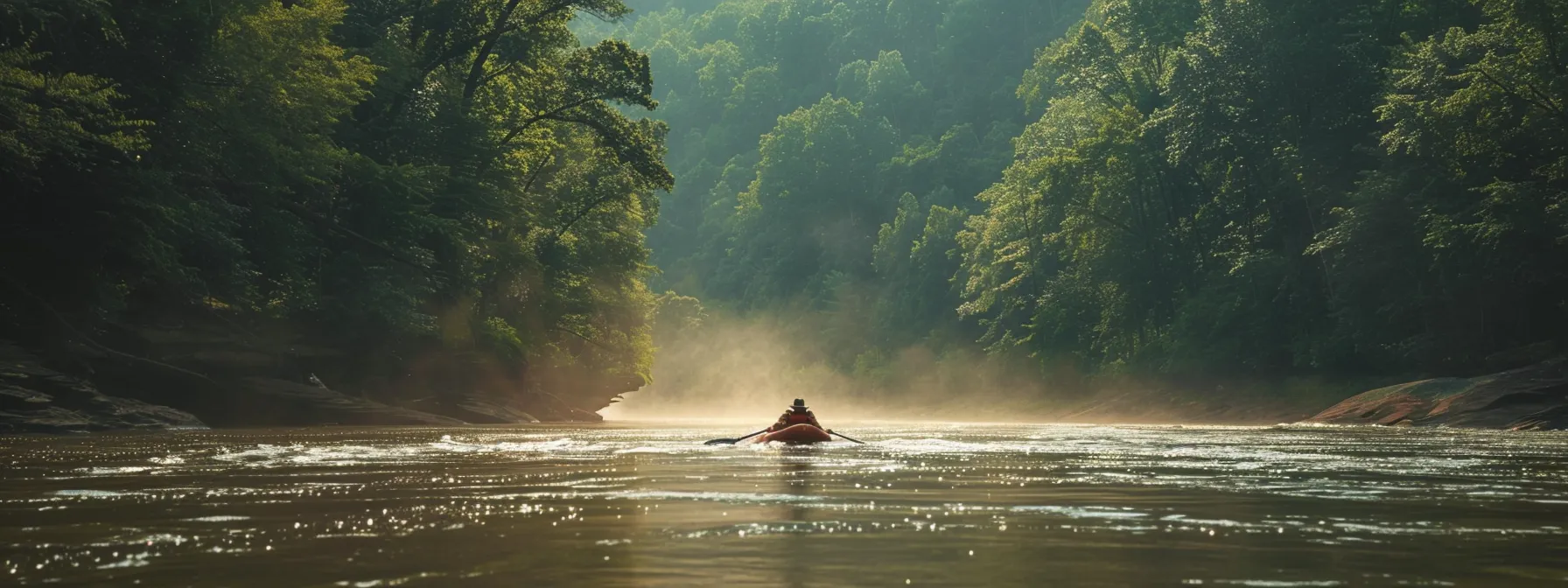
When rafting solo on the Ocoee River, you must be ready for anything. Knowing how to handle emergencies and rescue yourself is crucial. You’ll need to master flip recovery techniques to right your raft quickly if it capsizes. Packing a well-stocked safety kit is also essential – it could be your lifeline in tricky situations. Let’s dive into these vital skills and preparations that’ll keep you safe on your solo adventure.
Familiarize With Flip Recovery Tactics
Before hitting the Ocoee River solo, practice flip recovery techniques in calm water. Learn to quickly right your overturned raft by grabbing the far side and using your body weight to flip it. Master the “high side” maneuver to prevent flips in rapids by shifting your weight to the upstream side of the raft.
Pack a Safety Kit With Essential Survival Tools
Pack a comprehensive safety kit for your solo Ocoee River adventure. Include a waterproof first aid kit, emergency whistle, knife, flashlight, and extra food and water. Don’t forget a spare paddle, throw bag, and repair kit for your raft in case of equipment issues.
Choosing the Best Solo Routes for Beginners
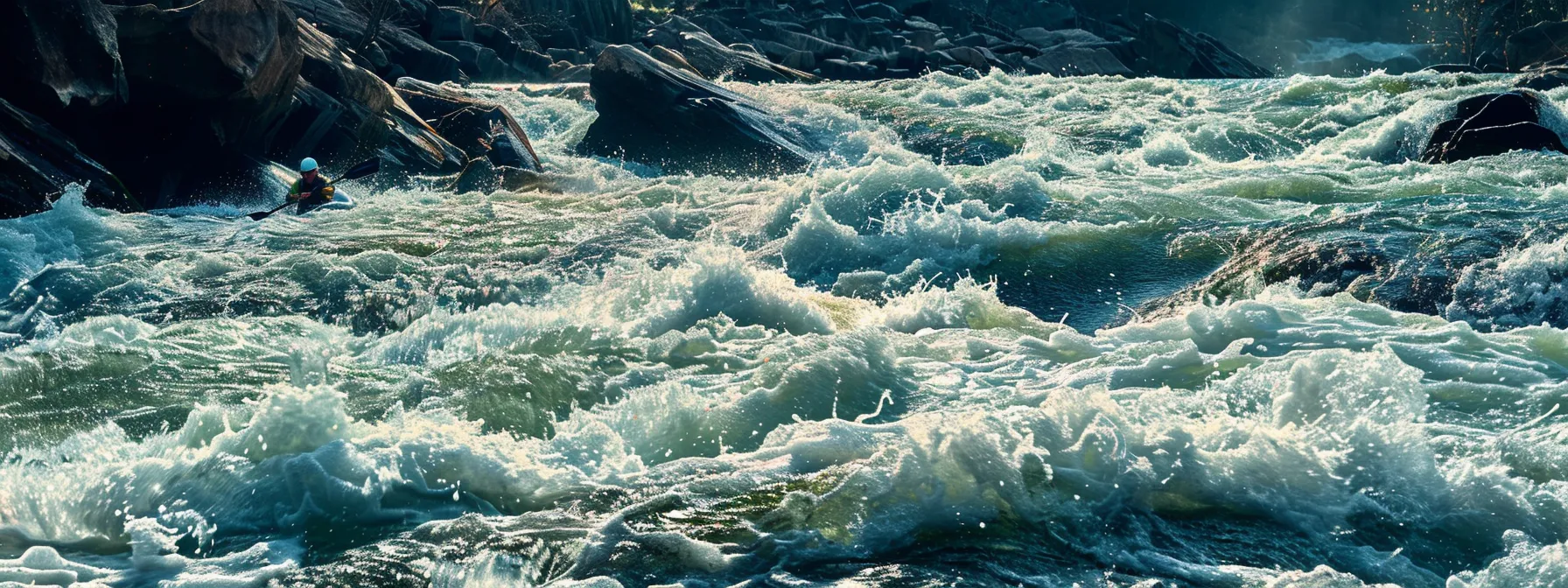
Start your solo rafting journey on the Ocoee River by choosing beginner-friendly routes. Look for sections with Class I or II rapids, which offer mild waves and clear channels. These gentler stretches will help you build confidence and hone your skills before tackling more challenging waters.
Research the river thoroughly and consult local guides to identify the best routes for solo beginners. Pay attention to put-in and take-out points, as well as any potential hazards along the way. Consider starting with shorter trips to get a feel for solo navigation and gradually increase your distance as you become more comfortable.
Always respect your limits and don’t push yourself too hard too soon. It’s better to enjoy a successful, safer trip on an easier route than to risk getting into trouble on a more difficult section. Remember, you can always progress to more challenging routes as your skills and experience grow.
Conclusion
Mastering solo rafting on the Ocoee River demands thorough preparation, advanced skills, and a deep understanding of river dynamics. Proper gear selection, informing others of your plans, and honing essential techniques form the foundation for a safe solo adventure. Understanding river hydraulics, weather conditions, and emergency procedures equips you to tackle challenges confidently. By choosing appropriate routes and respecting your limits, you’ll build the experience needed to navigate white water alone safely, unlocking a thrilling and rewarding outdoor pursuit.

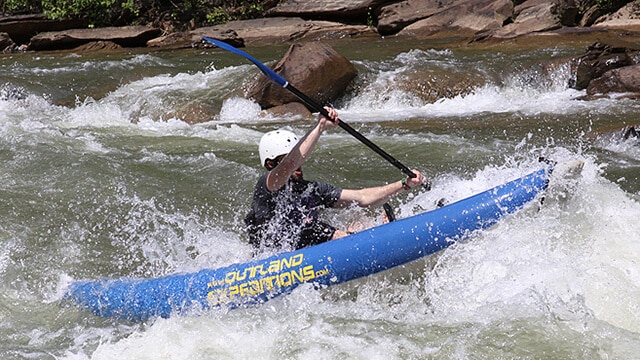


Leave a Reply
Want to join the discussion?Feel free to contribute!